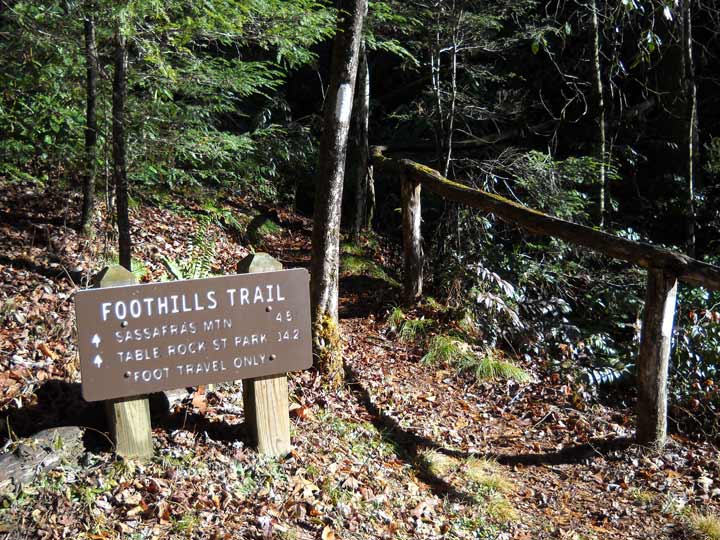
In collaboration with GetGoingNC.com, we held a series of talks with local folks who have taken some pretty cool adventures. Our Explorer Series is intended to let these explorers share their experience, from inception to preparation and planning, to the adventure itself. The goal is to make these experiences seem not as daunting as you might think — to perhaps inspire you to act on that epic adventure that’s been rattling around in the back of your head.
Back in his undergrad days at UNC Charlotte, Scott Hicks took a class called Wilderness Experience. As part of the class, he and his team had to plan a weeklong trip on a trail that none of them were familiar with. They found one — not far from Charlotte, in fact — and went about planning this mythological trip.
“It was challenging, working with a group to plan a trip,” he recalls.
They didn’t actually take the trip, but Scott remembers thinking that he wanted to, someday. Unfortunately, as more and more time passed, he couldn’t remember where the trail was that had earlier seemed so appealing.

“Then, in 2014, I heard about the Ultimate Hike, and saw that it was on the Foothills Trail,” he recalls. “Suddenly, it clicked — that was the trail.”
“I gotta do this trail,” Scott thought. And so began the planning for the actual trip, which he wound up taking in 2015 with friends Bill and Bonner.
Here’s a bit of what Scott shared about his adventure during his Explorer Series presentation at our Raleigh shop on Feb. 21.
Length of Foothills Trail: 77 miles.
Direction hiked: South to north (or west to east), starting in Oconee State Park and finishing in Table Rock State Park. “We decided to do it in that direction after watching YouTube videos of trips and reading what people had to say,” says Scott. Also: there are hot water showers at Table Rock State Park, but not at Oconee.
No. of days: 5. “Most people do it in 4 to 6 days,” says Scott. “We ran into a woman with a 25-pound pack who was doing it in 3 days.”
Miles per day: “We averaged 14 to 16.”
Pack weight starting out: 46/48 pounds. Scott estimates that about 12 of that was food.
Fun fact: “We were told that that part of South Carolina has the highest concentration of black bears in the state.”
Bear canister required? No, but Scott used one anyway, in preparation for a trip out West, where canisters often are required.
Backpack: an 80-liter Gregory. “The pack alone weighed 8 pounds.”
Boots: Soloman GTX.
Water filter: Sawyer Mini. Added colleague Bonner: “The Sawyer Squeeze is the way to go.” (The Squeeze is bigger and filters more quickly.)
Shuttle service? “They have 6 to 8 volunteers who run shuttles. They’re volunteers. There’s no charge, they run on donations.”
Advance notice for a shuttle? “I called in February about reserving a shuttle. I told them the trip was on October. There was a long pause … I got the impression that most people call the day before they need the shuttle.”
Difficulty: “Challenging, but doable. … Heartbreak Ridge, that was interesting.”
Trekking poles? Absolutely.
Availability of water? “It’s everywhere.”
Campsite reservations? Only at the the state parks at the beginning and end; the camping in between is primitive, mostly in national forest.
Permits? No.
Trail easy to follow? “It’s well-marked. Very similar to the AT.”
What’s next? “I’m planning to do a week on the Appalachian Trail this year, then, hopefully, the John Muir Trail next year. (The 211-mile John Muir is often ranked as the most scenic trail in the country.)
Resources
Scott recommends getting the Foothills Trail Guidebook ($16), Trail Map ($13) and Pocket Profile ($3.95) from the non-profit Foothills Trail Conservancy. More info here.
For more information about the trail in general, visit foothillstrail.org.
Previously in the Explorer Series
January: Julie Steiner on climbing Africa’s 19,341-foot Mount Kilimanjaro. Read about her presentation here.
Next Month
Alison Watta on exploring Antarctica. March 14, 7 p.m., Great Outdoor Provision Co., Chapel Hill.
